Thought leadership: AR Metallizing interview with Hammer Packaging
2020 has been unprecedented. The global outbreak of the Coronavirus has affected us all. Where service-based businesses have switched to remote working, for manufacturing industries like AR Metallizing, this hasn't been a possibility. Retaining staff on-site to run machinery has been crucial, especially so for those of us who have a part to play in manufacturing and delivering essential and consumable goods.
There was no way to plan for a pandemic or the subsequent turmoil from the Coronavirus. That said, some companies have led the charge with how to deal with a new reality. Quick decision making, socially remote working, adaptation of working practices, dealing with a turbulent economy and, perhaps surprisingly, unexpected opportunities have defined the winners of the past few months.
In a series of interviews with leaders in the industry, our CEO Bart Devos explores best practices, lessons learned and the innovative ways CEO's in the packaging, paper, converting and printing industry have tackled the crisis.
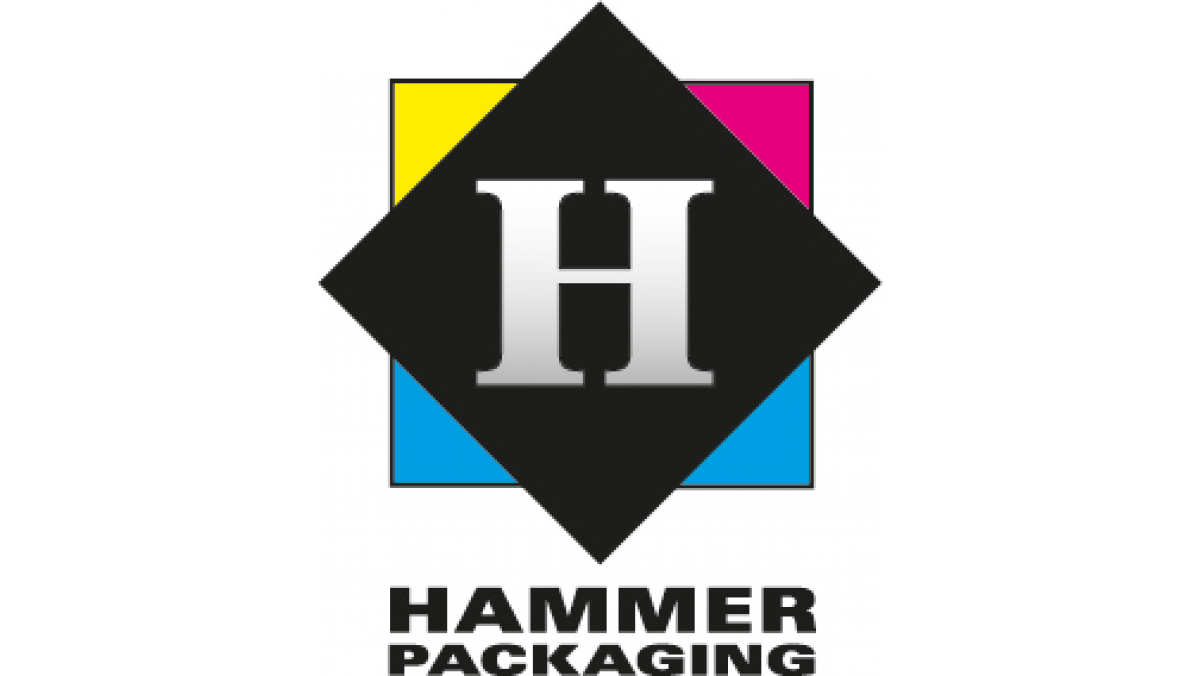
Introduction
Founded in 1912, Hammer Packaging remains a privately-run family business to this day. The company is headed by Jim Hammer, CEO, who is the fourth generation of the Hammer family to run the firm. Jason Hammer, the fifth generation is the current Vice President of Manufacturing. Bart Devos interviewed Lou Iovoli, Senior Vice President at Hammer Packaging. Lou has been with the firm for 25 years.

Emerging consumer trends as a result of the pandemic
Iovoli noted that during the pandemic, food and beverage sales had been particularly strong. Although diners didn't go to restaurants, consumers were cooking at home, children were remote learning from their homes and eating meals at home, and the result was a substantial uplift in grocery shopping with consumers looking to fill their pantries.
'I think one of the big shifts we’ll see as a result of the pandemic in the US market is that there will be more 'pantry shopping.' What I mean by that is consumers will regularly stock up on more non-perishable items that they can use between their trips to the store. They're doing this because they want to limit their exposure in stores. The days of going shopping every day or popping into the store to grab a few extra items before dinner are more likely a thing of the past. People are looking at what they have at home and are formulating that night's dinner based on what they have available there and then. Packaging will need to support this shift: brands need to jump out and in the pantry, not just on the shelf at the store. Is the packaging nice? Does it catch the eye in the pantry or the refrigerator? Does it have a recipe on it that a consumer might like? Does the label have a QR code that makes it easy for the consumer to find that recipe? Packaging will need to evolve to be more interactive with the consumer in this respect. I think the trend towards pantry shopping at home is here to stay,' says Iovoli.
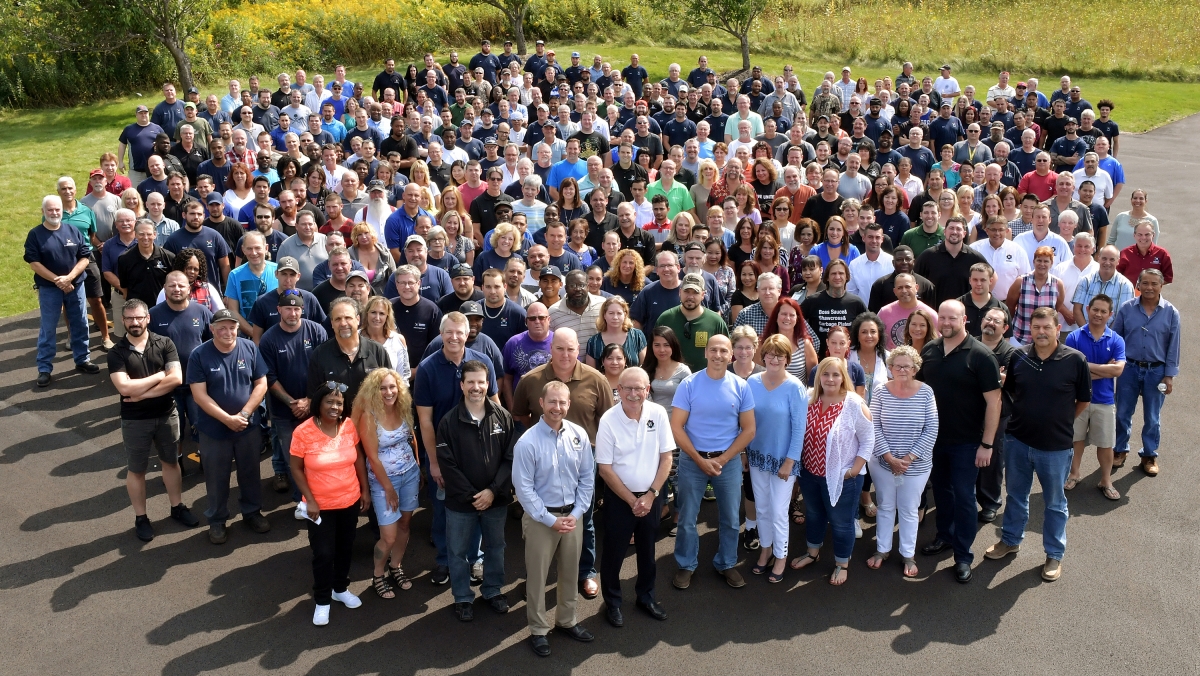
"Personally, I feel packaging sustainability has been a primary consideration in the US in its own right before the pandemic. The shift towards sustainability was already firmly on the map."
Lou Iovoli
Picture taken before Covid-19 pandemic
Sustainability
Practically, Iovoli explains that for some time, Hammer Packaging has been accompanying their customers on their packaging sustainability journey. The Hammer Packaging team are often involved in discussing or assisting with elements such as packaging design, engineering and materials, usually with the objective of helping the brand meet their own sustainability targets.
There is more focus on sustainability in terms of questions, interest and engineering. Iovoli believes that there's scope for more information to be available in the supply chain about how packaging materials are made and how the process affects sustainability will become more prevalent in the life cycle analysis of packaging materials.
'For example, the metallization process for a cut and stack, wet-strength label could well be different than the metallization process for a gusseted pouch because the base materials are different. It's always helpful for our suppliers to give insights into how each product in their portfolio performs in terms of sustainability, rather than trying to give a general overview that's less specific,' adds Iovoli.
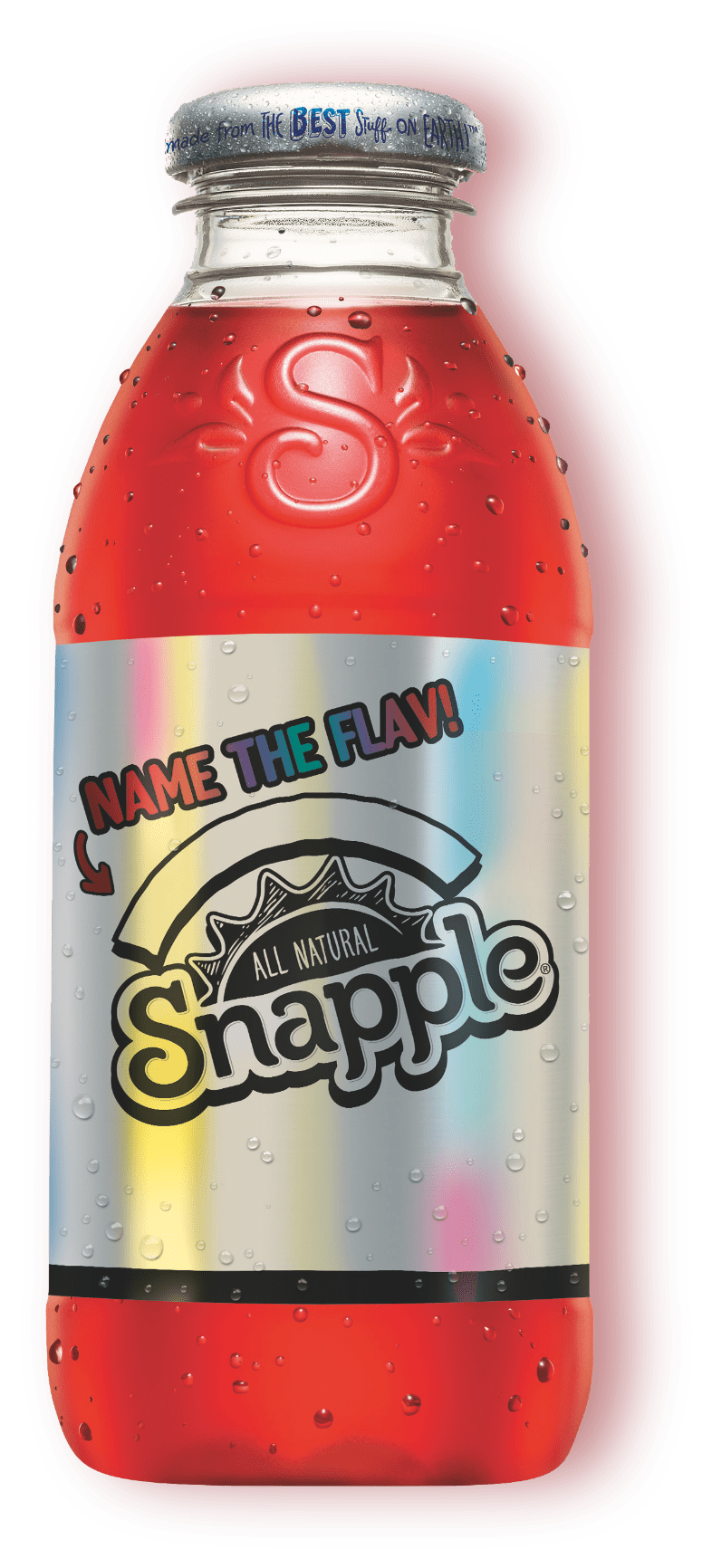
Hammer Packaging received for this label the third place award in the Offset category of the Packaging Impressions Excellence Awards
Hammer Packaging can create flexible packaging made with different material components, due to the sophistication of their new flexible packaging technology. Hammer Packaging’s customers, however, will still want to understand the overall sustainability of their packaging, regardless of how many components it has or if they come from different suppliers.
Is flexible packaging the future?
Hammer Packaging recently installed high-end technology for inserting liquid pouch fitments into pouches as well as a one-of-a-kind pouching machine that allows three webs to be married together to create a gusseted pouch. The goal is to become a market leader for flexible packaging in the US.
Iovoli explains that he expects flexible packaging to become a more central part of conversations on sustainability going forward. 'Recyclable, rigid packaging is one piece of the sustainability puzzle. Equally, flexible packaging gives way to its own conversations on sustainability. Flexible packaging offers significant source reduction, it's easier and more efficient to transport, reducing emissions. There are new materials being developed today to improve its’ ability to recycle. There are challenges for this with achieving the barrier properties needed but smart folks are trying to make it happen as soon as possible. When it comes to the lifecycle analysis of a flexible package, it most likely may be better than a rigid package. There isn’t necessarily a black and white answer to what’s more sustainable until you have all the specifications to compare. We think there will be more debate on this in the future.'
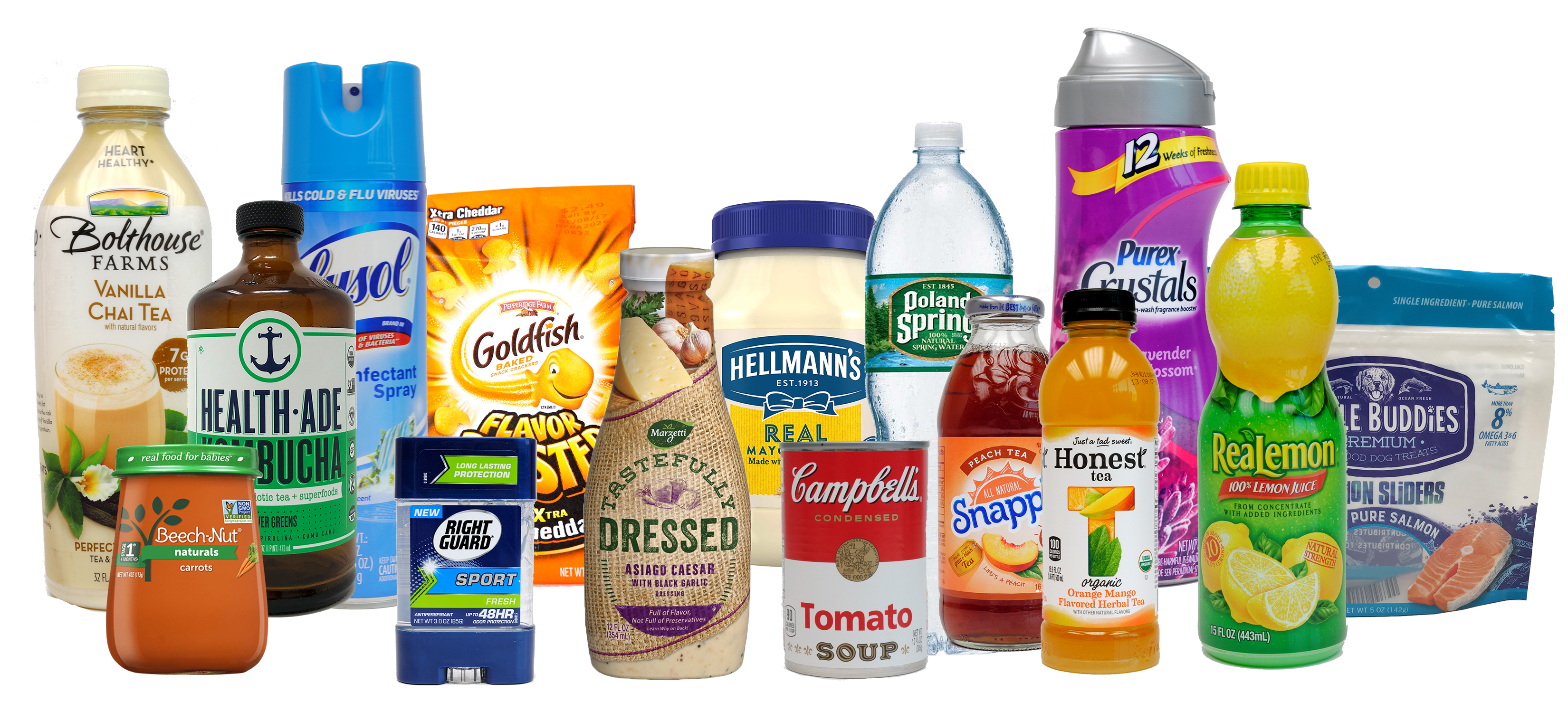
The pandemic aside, Hammer Packaging has long been committed to supporting customers – the firm has a customer retention rate of nearly 100%. Because many of the company's customers need or are considering flexible packaging, it was a logical 'next step' for the firm to invest in the necessary infrastructure and technology to offer flexible packaging to their customers.
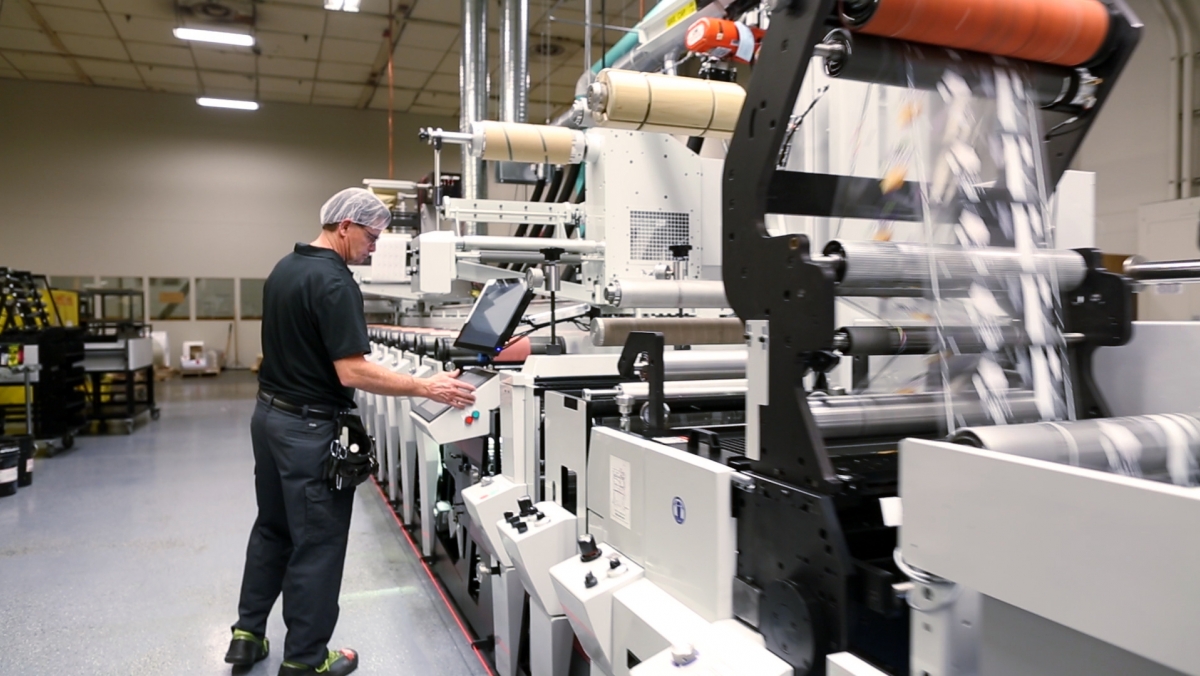
'We're always thinking ahead and aim to adapt to offer the packaging solutions that our customers need. The Hammer Packaging team saw increased demand and a shift towards flexible packaging and realized that was likely what our customers wanted, so it was a natural decision to decide to offer that with the usual quality and care we're known for in the market,' says Iovoli.
The firm also saw an opportunity to improve flexible packaging efficiency with their new technology. Iovoli explains that much of today's flexible packaging business is a network: generally, one firm prints the base material, another firm makes the pouch, then it's sent to have the product inserted and then it goes back to the printer who sends it to the customer. Hammer Packaging will carry out the whole process in-house, making pouching more streamlined and less time-consuming.
Another game-changer is that Hammer Packaging's technology is web offset, modernizing the way pouches are made. Because the firm's machinery can marry three webs together, Hammer Packaging can create different size pouches, offering customers more choice of packaging size.
Web Offset printing offers the potential for significant cost savings for customers. A lot of players work with a gravure process or a flexo process because it's generally been the only way it's possible to get the web width needed to make a pouch. Gravure cylinders and flexo plates, however, can be expensive and offer less flexibility than web offset.
'Let's say you had ten flavors of trail mix, and each of those flavors has six colors. To create that pouch, you'd need 60 gravure cylinders at around a thousand dollars a cylinder. It's going to cost you $60,000 dollars before you put the first pouch into the market. Hammer Packaging now has the largest collection of variable sleeve offset presses in North America. So in the same scenario, with our technology, if a customer comes to us, they aren't paying for the cylinders because we're running offset plates and we make a new set every time we go to press for a customer, which is included in the price per thousand. It also offers a lot more flexibility – if a customer doesn't like their graphics, we can make a new set of plates and get running again in 10 minutes. In no uncertain terms, we believe our technology and flexible packaging capabilities are a game-changer for the flexible packaging market,' concludes Iovoli.
